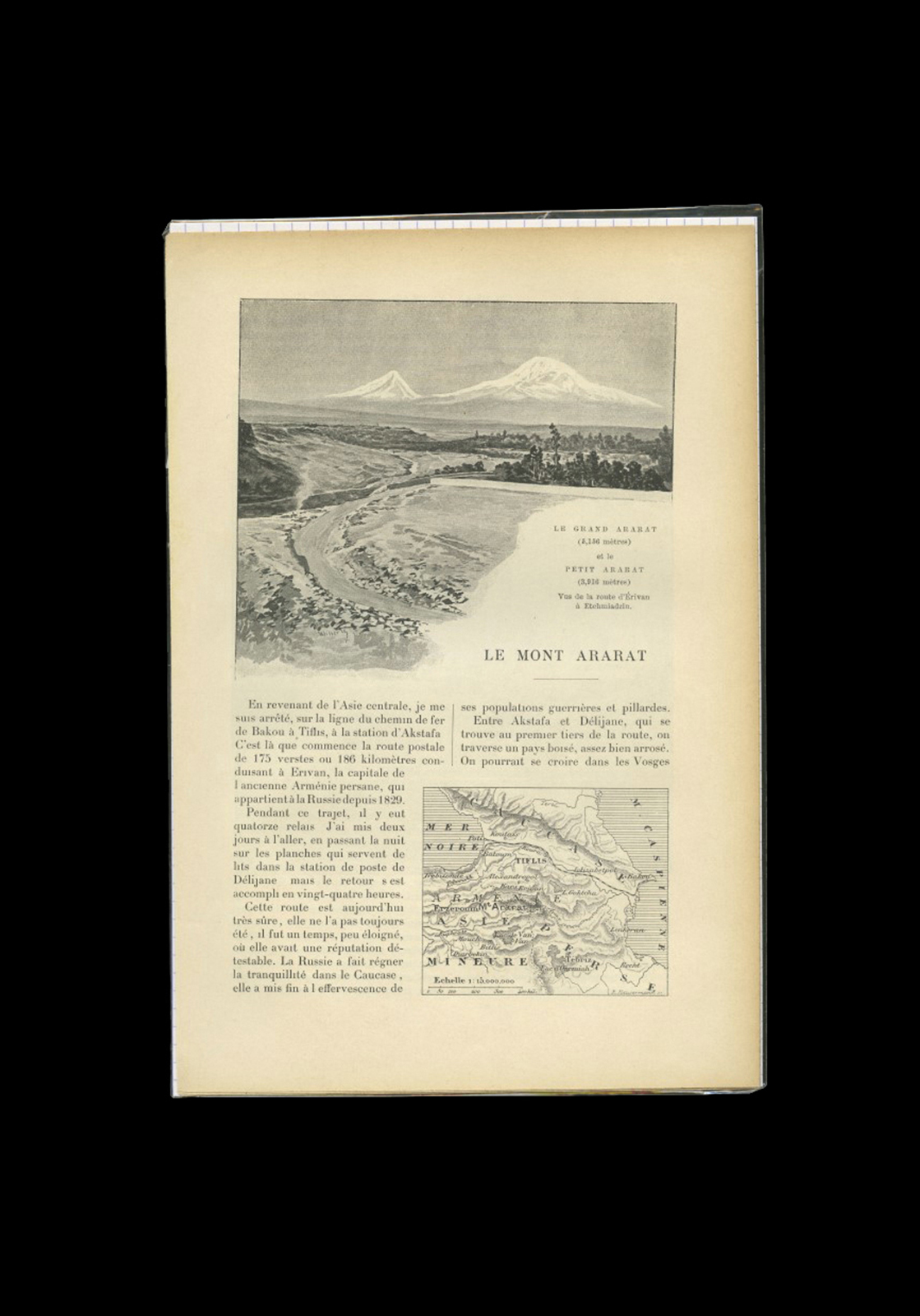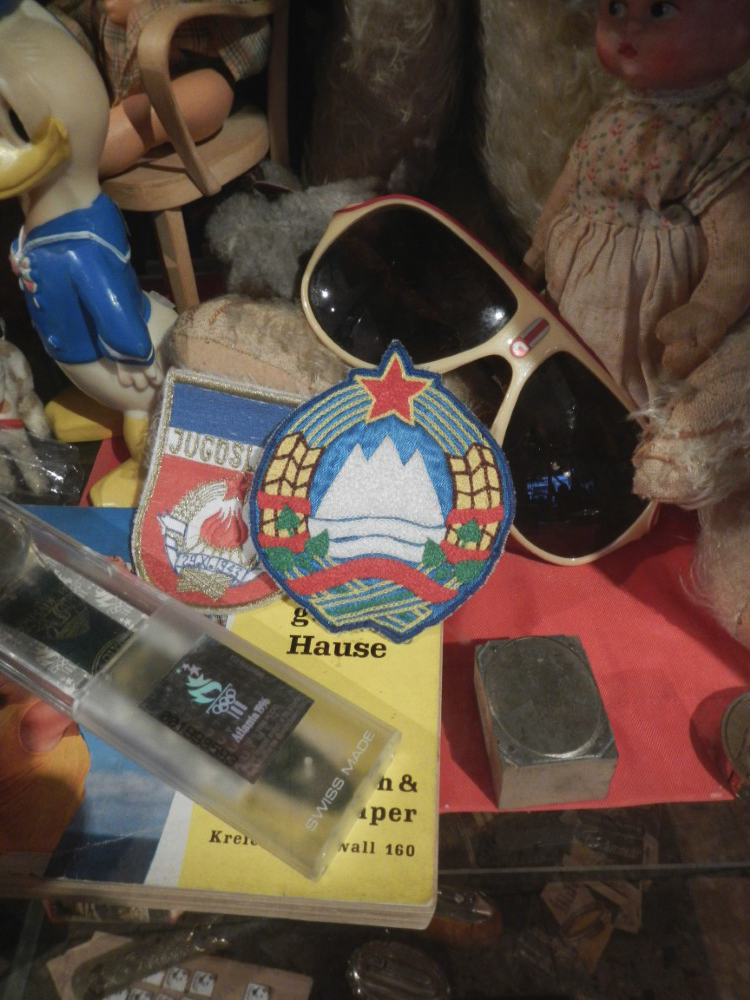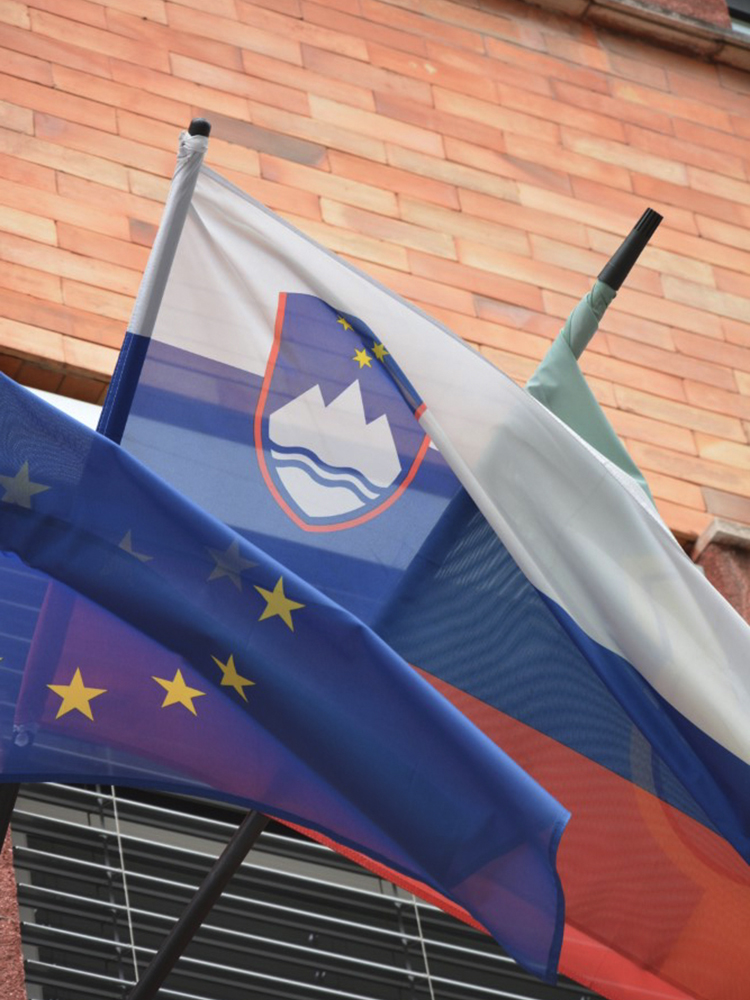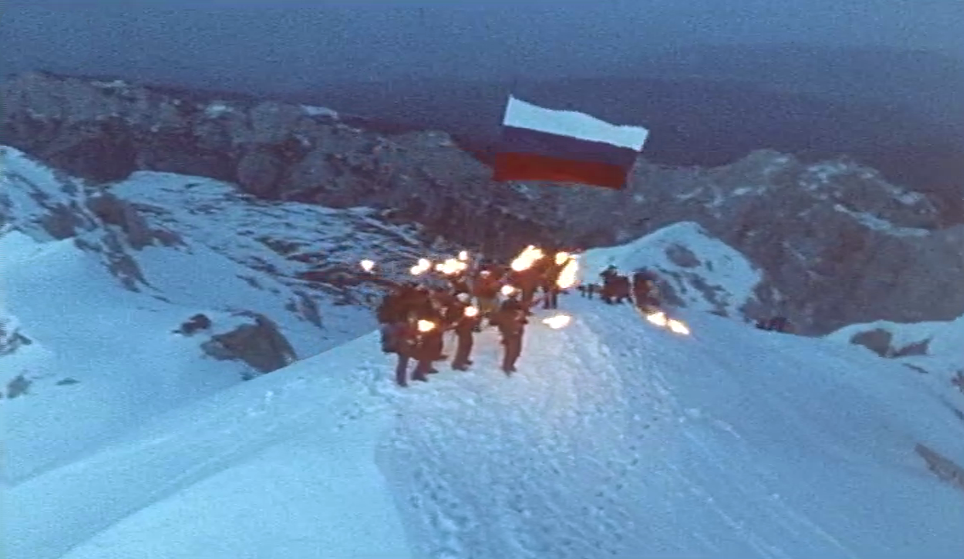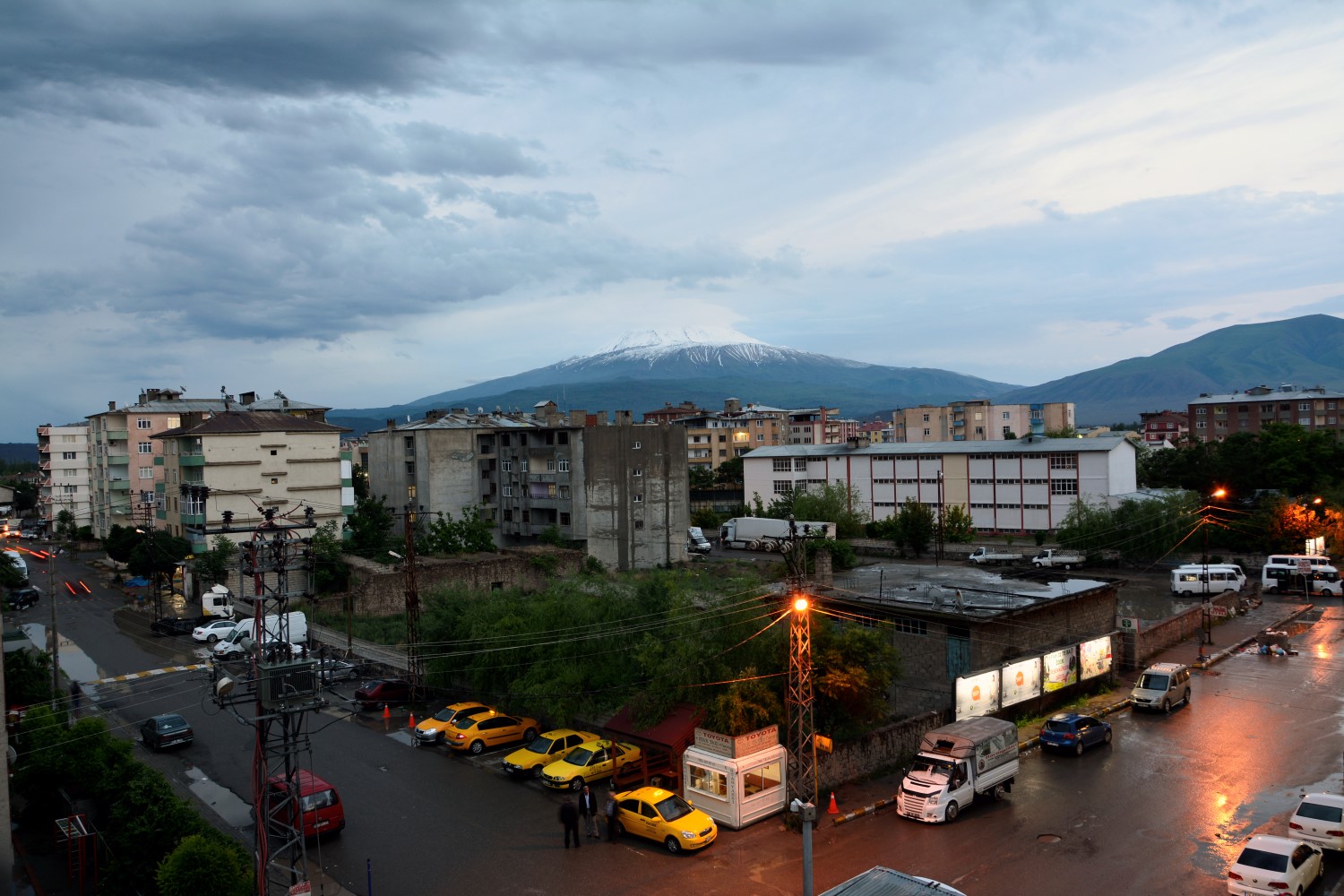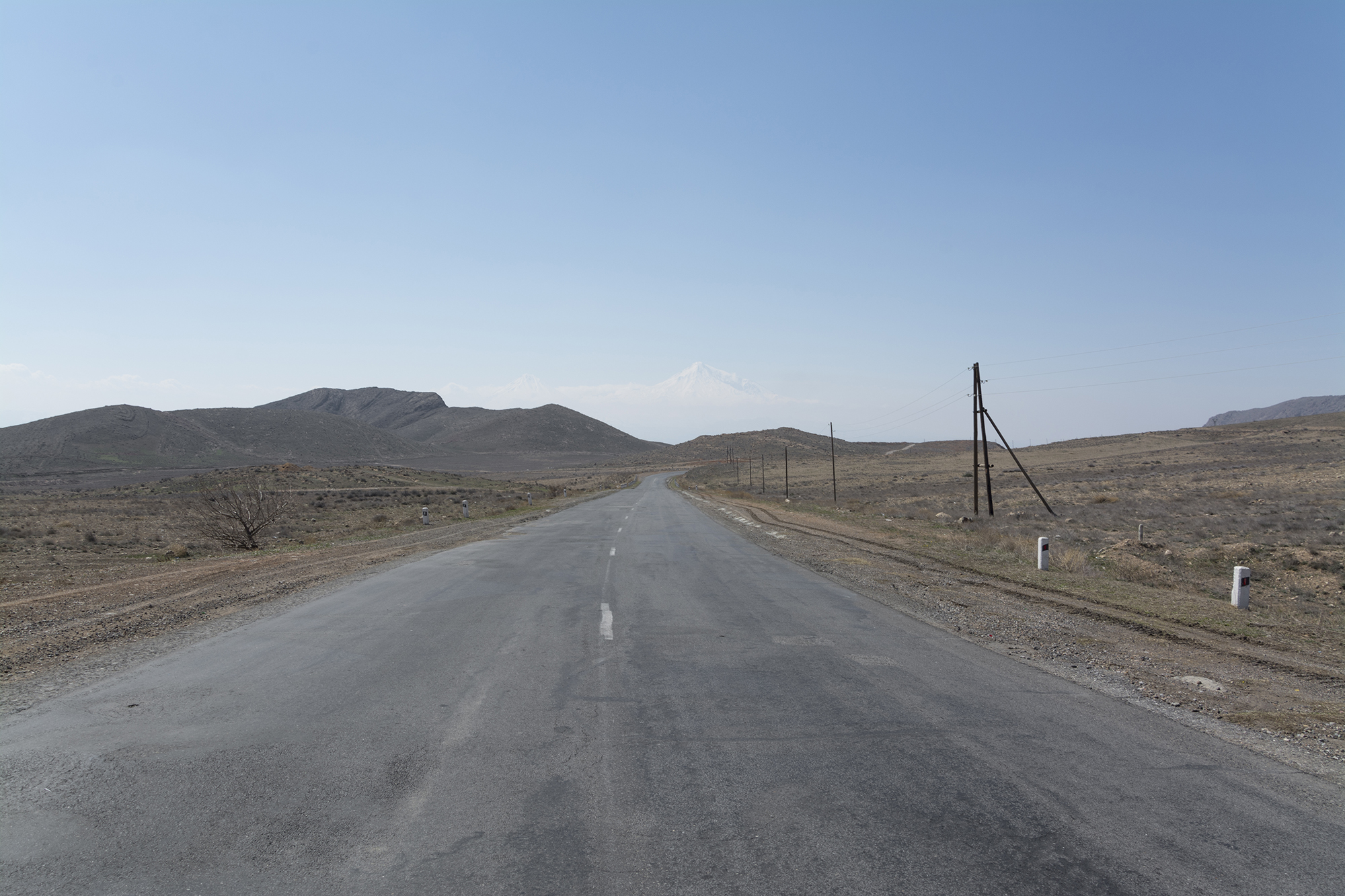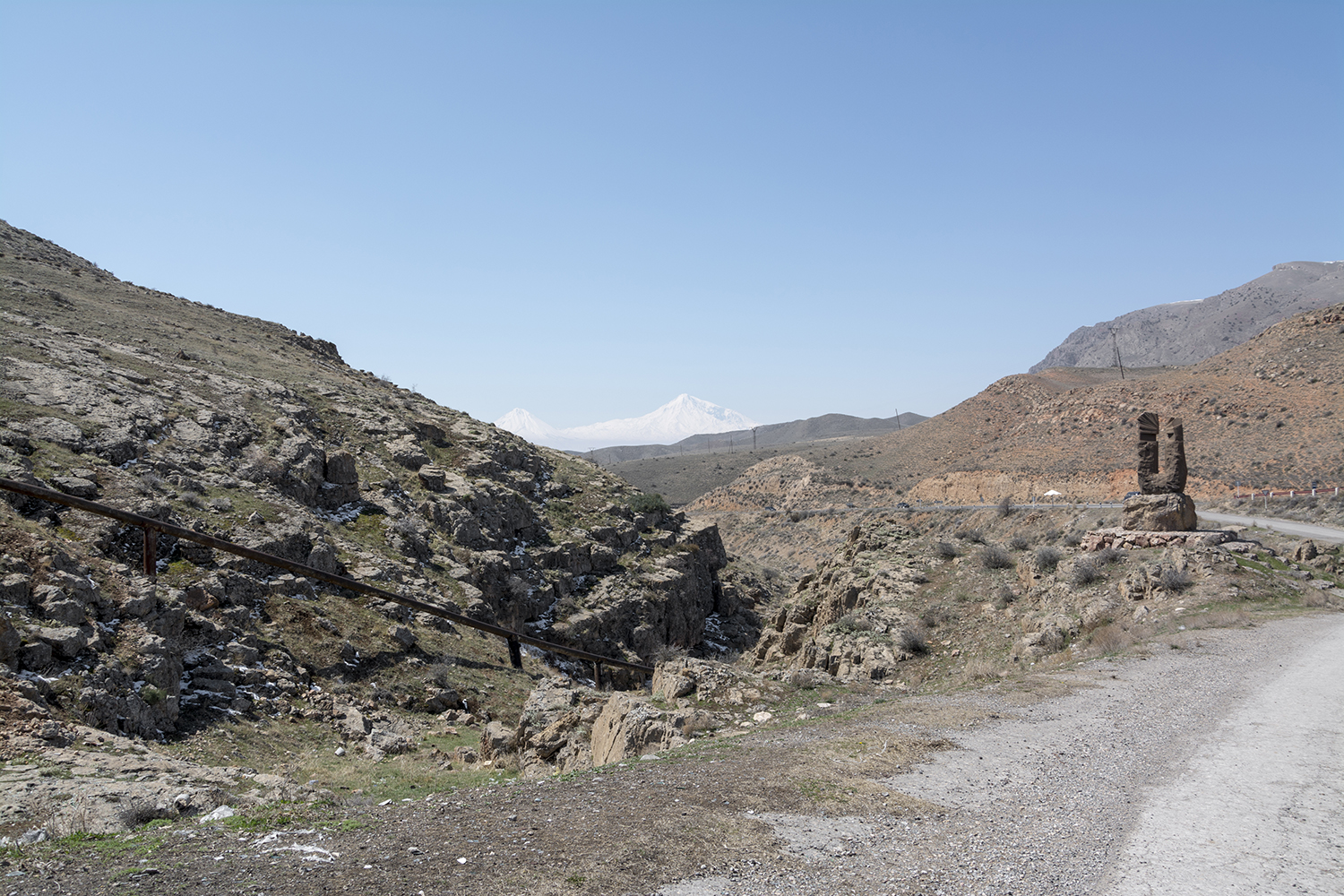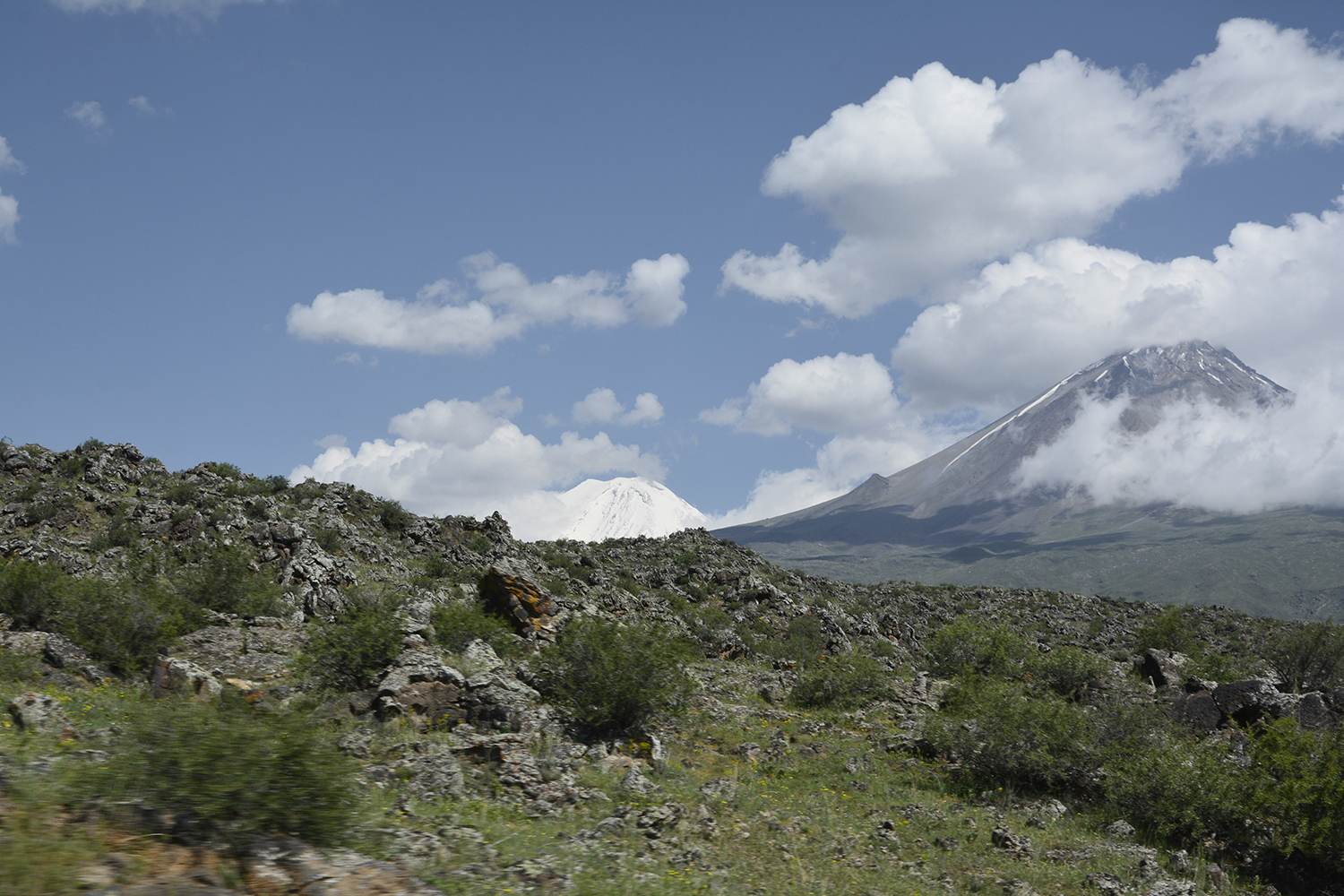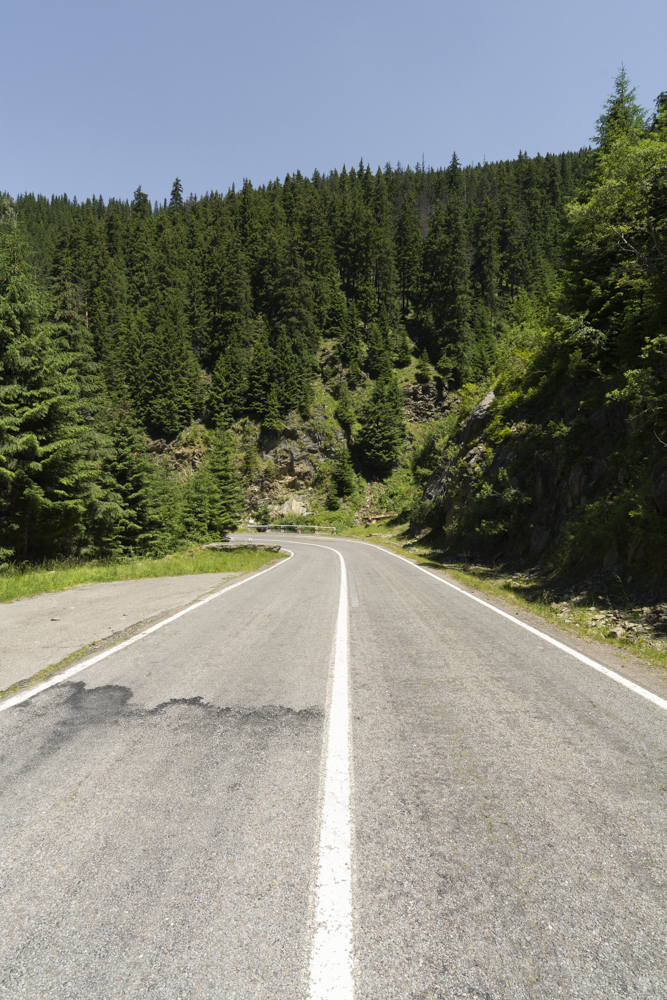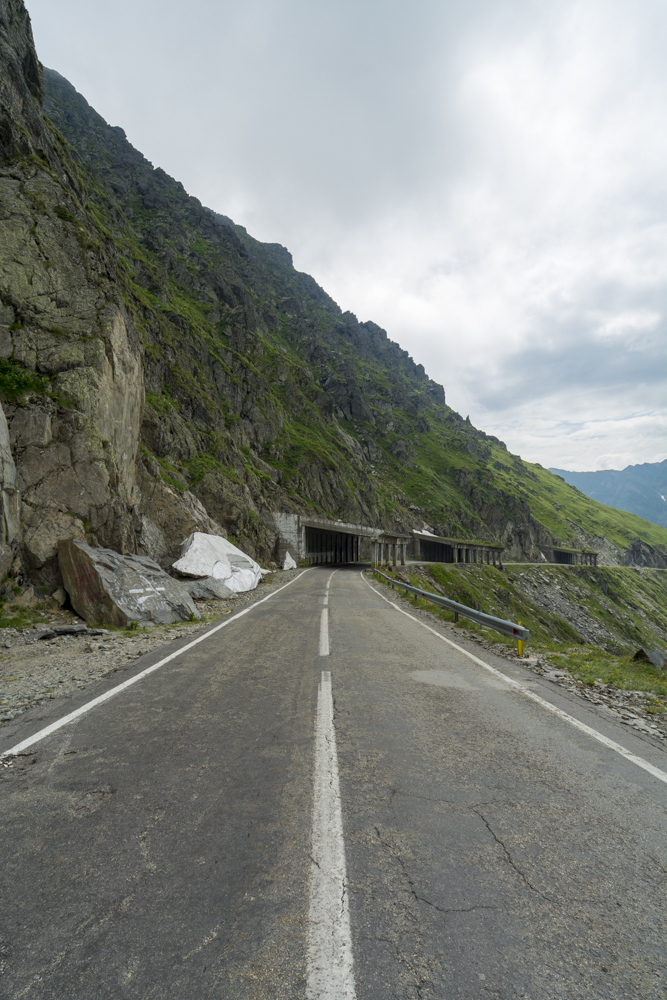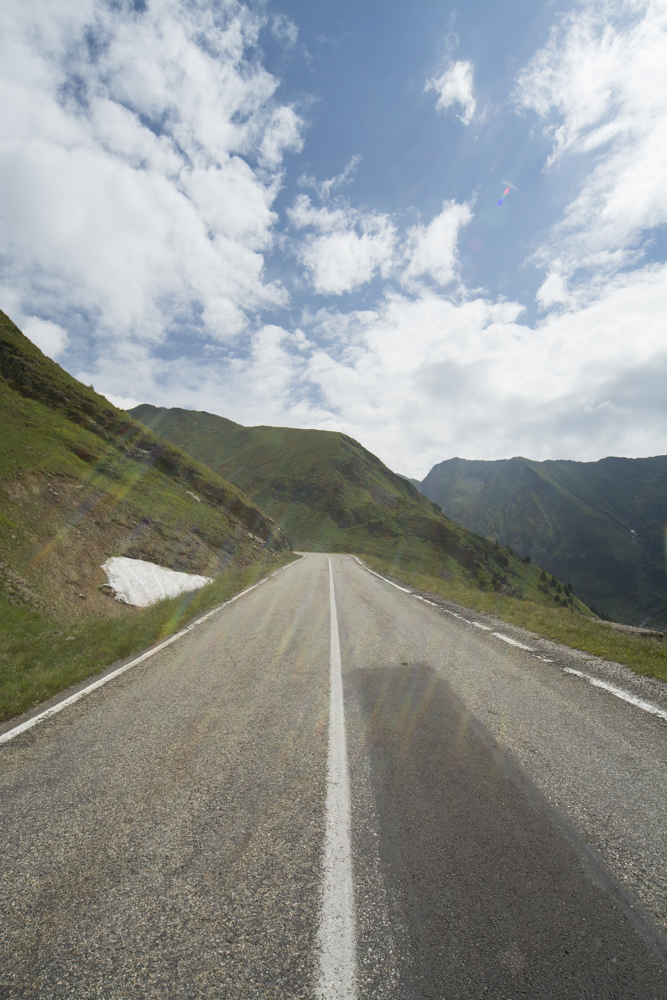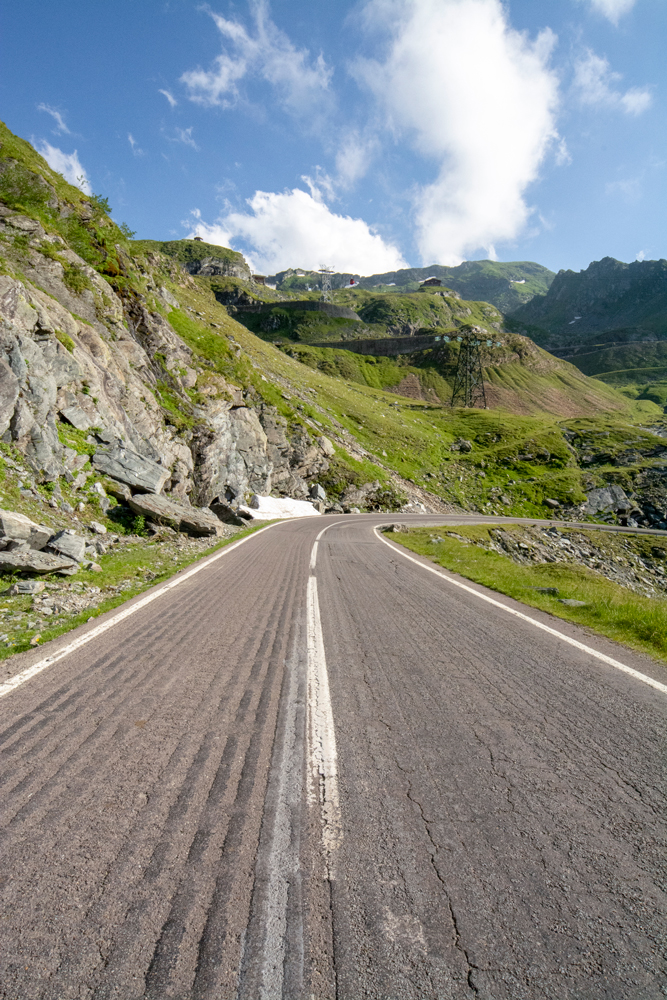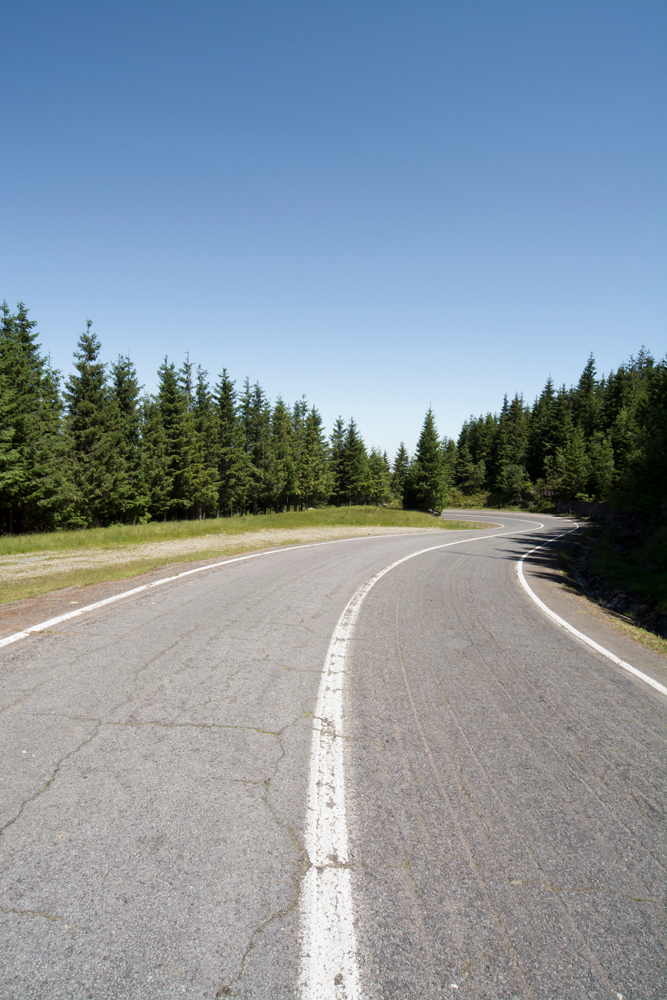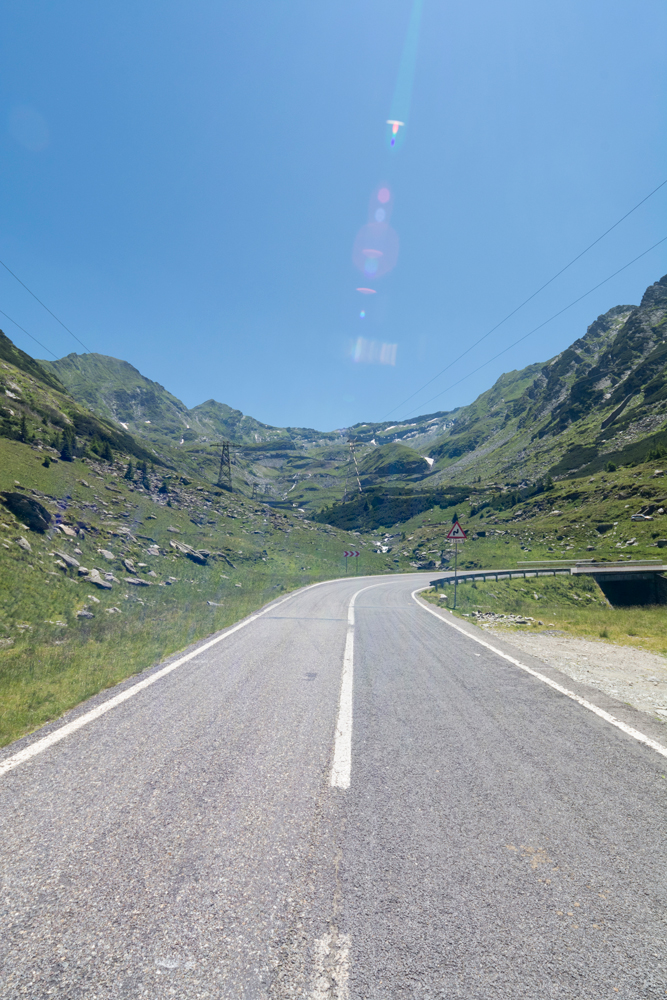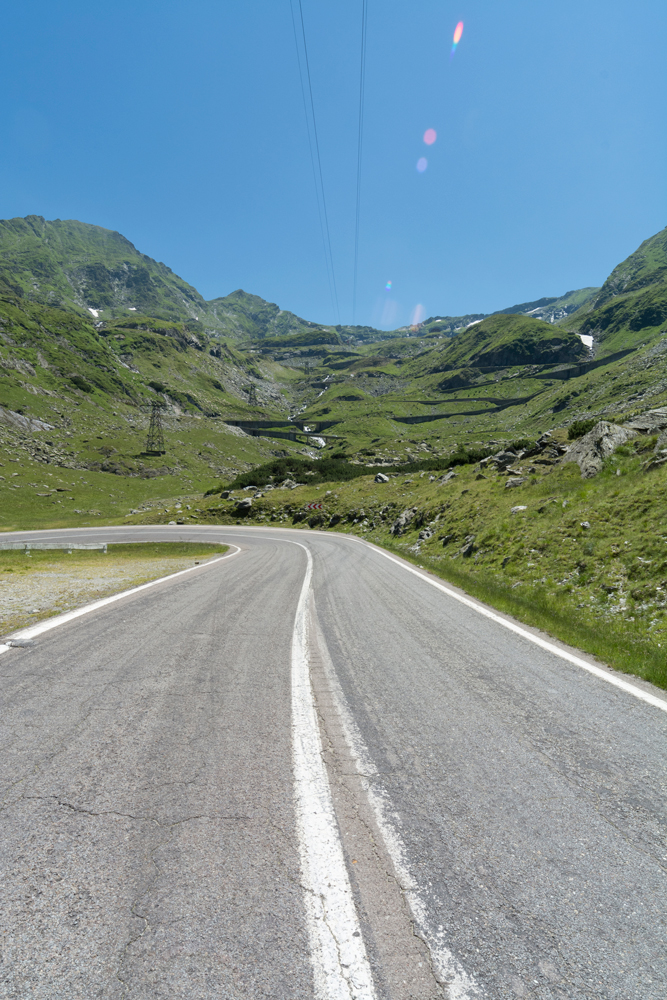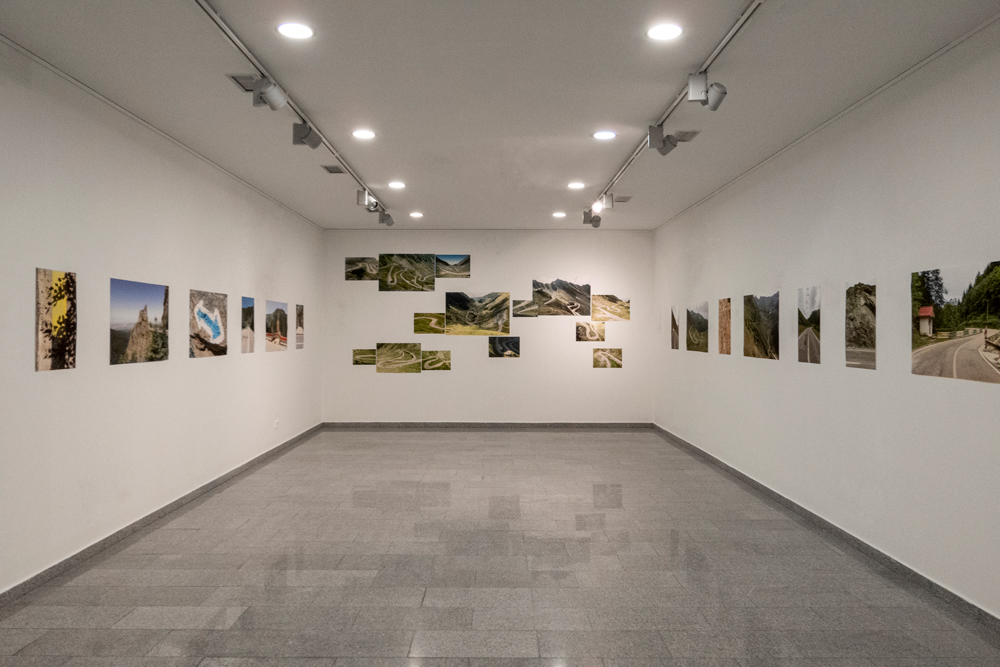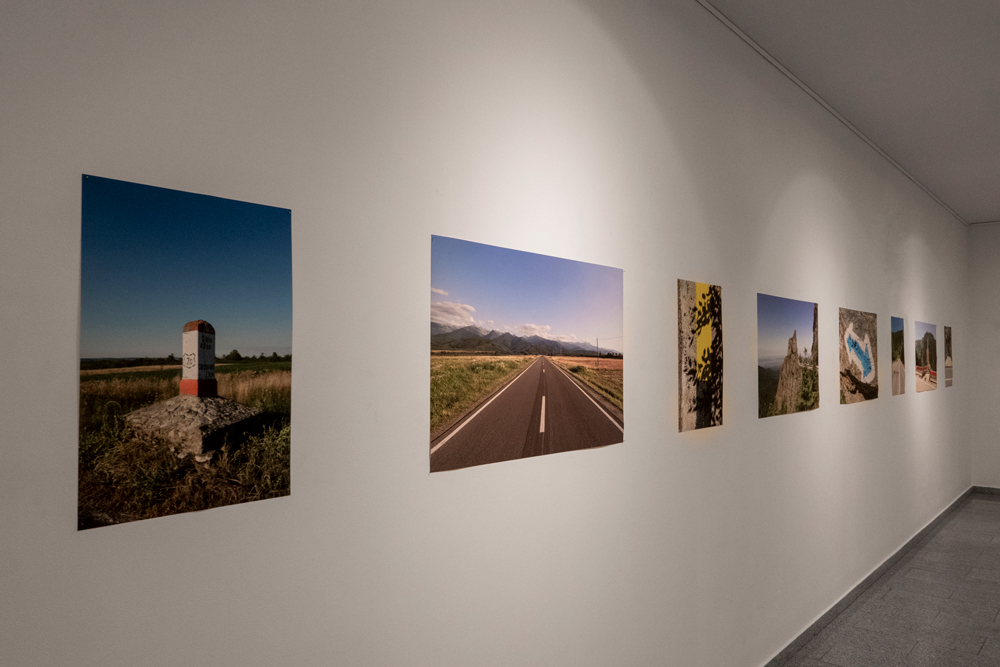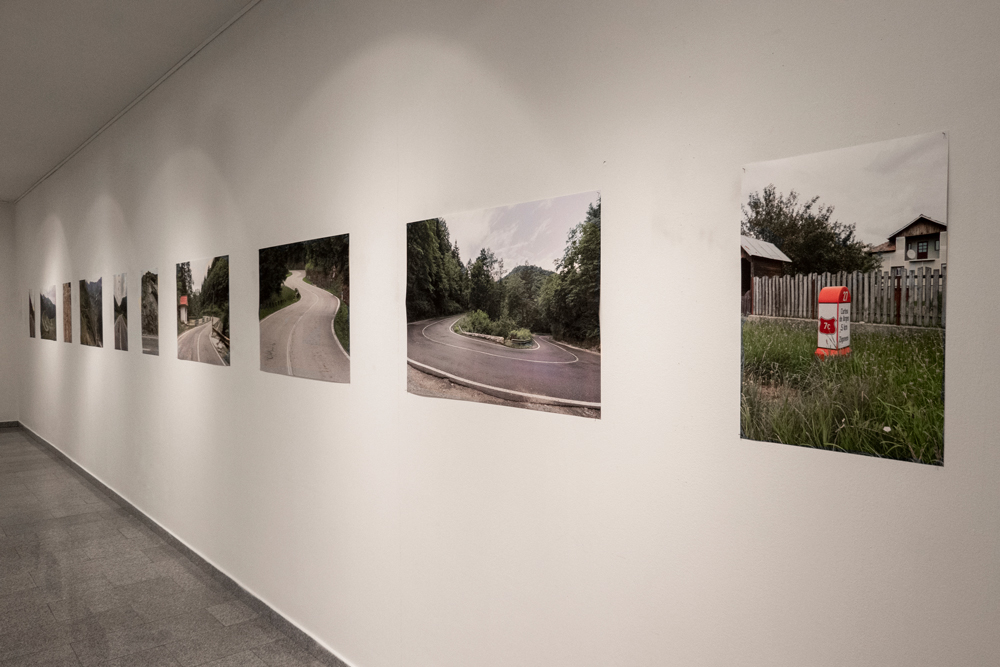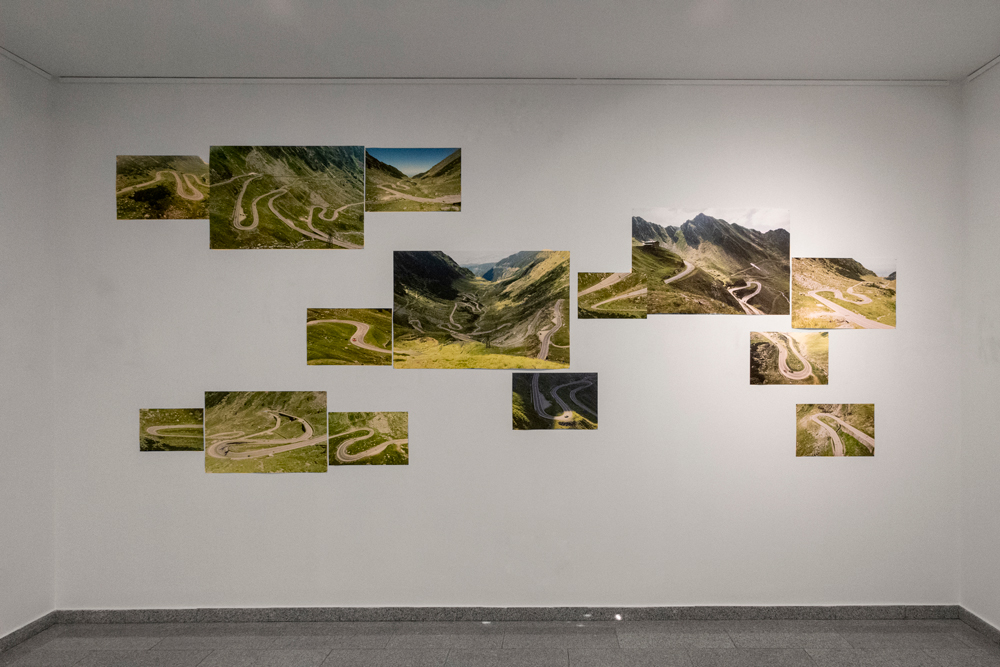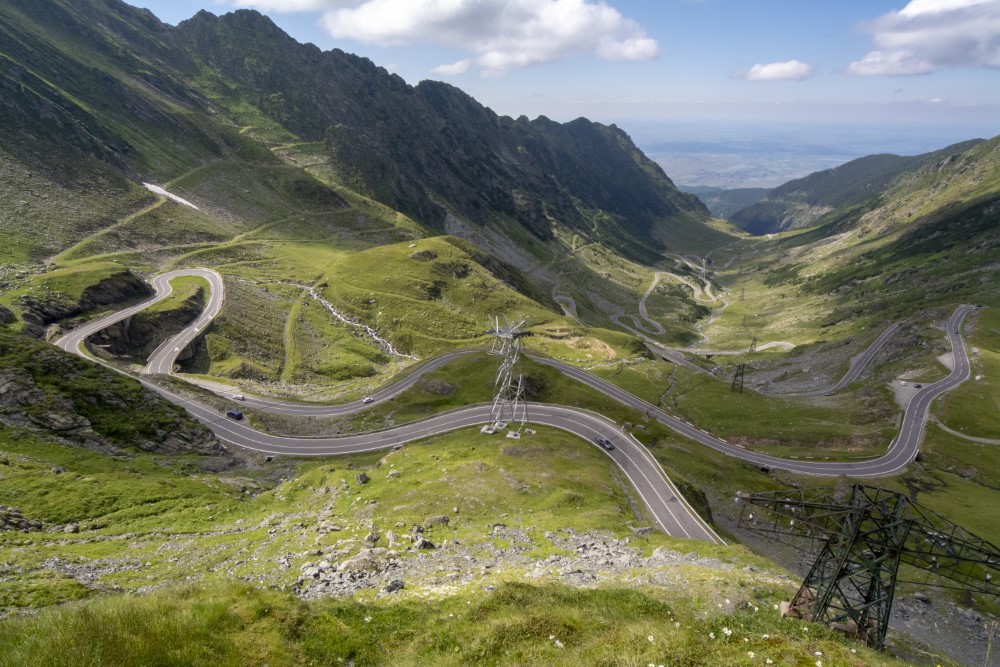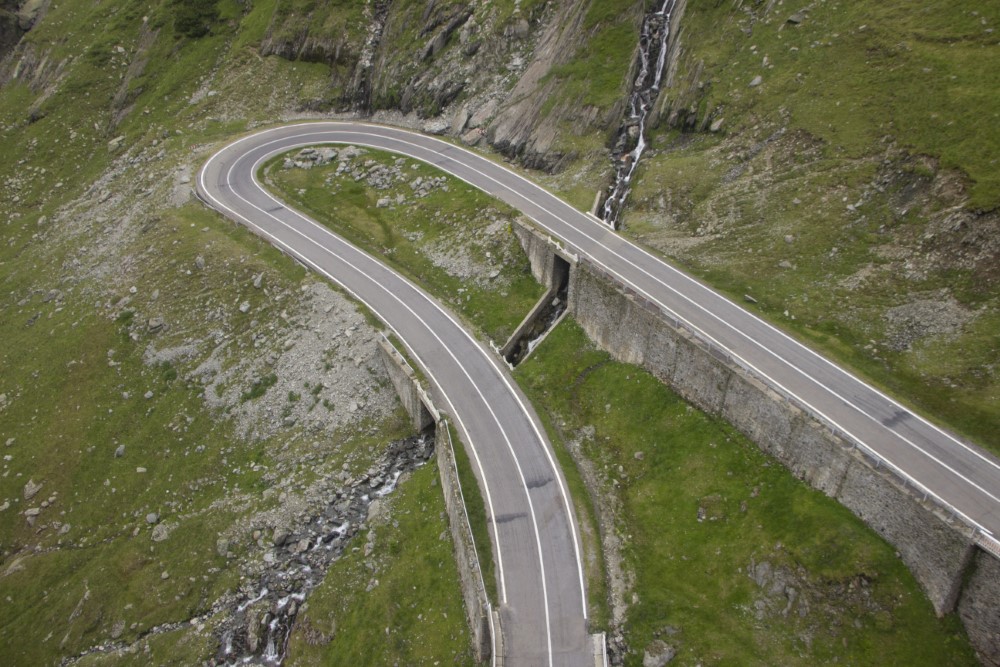An experimental platform-project for analyzing mountains.
1.
Triglav, 2864m
Triglav is a project about the homonymous mountain in Slovenia. The work is divided into four videos showing the mountains four cardinal points (south, east, north and west) and archive images related to the iconography of Triglav. The objective is to show the mountain as a real entity, and as a symbolic element.
Like other mountains in the world (Fuji, Ararat) Triglav has a symbolic value for the Slovenians, as evidenced by the national coat of arms. As a result of this use, it is possible to find iconography of the mountain throughout Slovenia.
Due to the political references that this project could have, in the work recorded personally, the objective was to create neutral representations that show Triglav as it is physically: a mountain mainly constituted of limestone (from carbonates coming from the Upper Triassic and Liassic platforms) that belongs to the Julian Alps, geologically part of the Southern Alps, which geologists consider to be a part of the Dinaric Alps, while geographically they belong to the Southern limestone Alps.
Four vídeos in VHS (the regular video format used in Slovenia when it became independent in 1991) of 2 hours and 3 minutes each (a full E120 VHS).
South
East
North
West
2.
Ararat / Ağri Daği, 5137m
The objective of the Ararat / Ağri Daği [Armenian / Turkish] project is to travel across the countries situated around Mount Ararat creating series of photographic works and a collection of memorabilia focused on showing the mountain as a real, symbolic and iconic element.
Not only is the symbolic value of the Mountain for the Christian and Islamic religions remarkable, so is its use as the icon of Armenia (although the mountain is in Turkey). As the result of this use, it is possible to find iconography of the mountain all around Armenia and in the Armenian diaspora communities. It is one of the few examples of this nature in the world and can be compared with the representation of the Mountain Fuji in Japan.
Because of the political complexity of this project, the aim is to create neutral portrayals of the mountain using points of view that allows the public to question the political issues. In this sense, besides of showing the icon and symbol, the project shows the Ararat as it is physically: a volcano formed from lava flows and ejections of pyroclastic materials.
Ararat 360º, stop-motion road-trip
39°55'26.5"N 44°12'33.3"E



